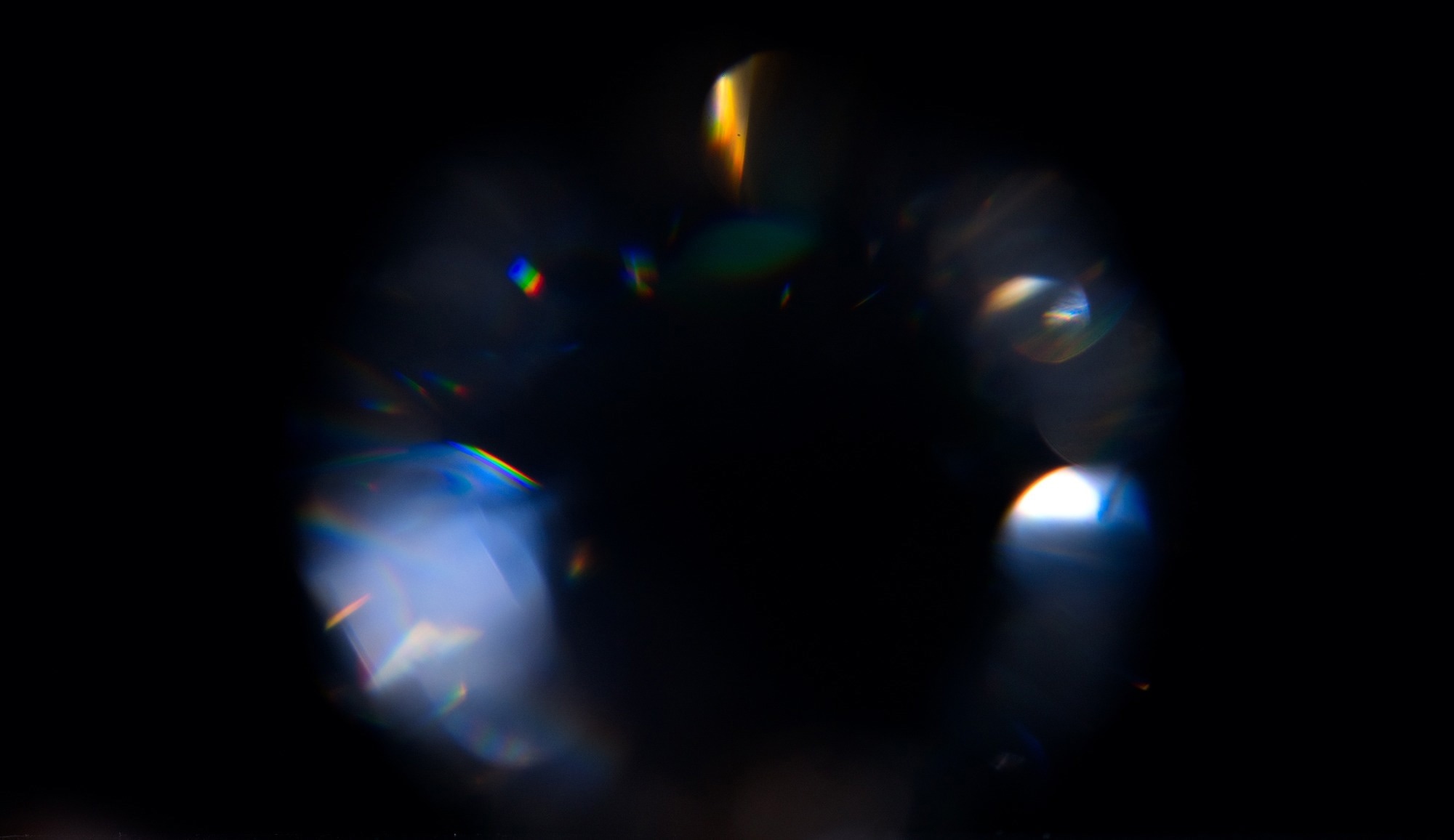Reviewed by Frances BriggsAug 27 2025
An international research team has established a blueprint to arrange complex, knot-like patterns of light, called hopfions, into crystals that repeat across both space and time. The technique uses two-color laser beams to build stable topological structures, opening the field for new light-based data processing and communications systems.

Image Credit: Subbotina Anna/Shutterstock.com
The collaboration between researchers in Singapore and Japan was recently published in Physical Review Letters, where the team described their hopfion organization technique.
Hopfions are three-dimensional topological quasiparticles whose internal “spin” patterns form closed, interlinked loops. They have been seen, or theorized, in magnets and light fields, although they were previously only created as isolated objects. The authors demonstrate how to arrange them into ordered arrays that recur regularly, similar to atoms in a crystal, except in this case, the pattern repeats in both time and space.
The key is a bichromatic light field with an electric vector that follows a changing polarization state over time. By carefully superimposing beams with distinct spatial modes and opposite circular polarizations, the team creates a controlled “pseudospin”. The pseudospin evolves in time, allowing hopfions to appear and reappear in sync with the changing frequency between the two colors.
From this foundation, the researchers showed how to create more complicated, higher-order variants with variable topological strength. With their approach, one may tweak an integer that counts the number of times the internal loops wind and even reverse its sign by switching the two wavelengths. Simulations suggest these fields maintain near-perfect topological quality throughout each cycle.
The research describes a path to real three-dimensional hopfion crystals that goes beyond time-only repetition: a far-field lattice made up of these small emitters, all driven by two close colors and with customized phase and polarization.
Although the lattice naturally splits into subcells with opposing local topologies, the entire structure maintains a neat, alternating pattern. To turn this into a working system, the researchers describe practical layouts using technologies like microwave antennas, grating couplers, or induced dipoles.
Unlike previous optical hopfions, which depended on beam diffraction along the propagation axis, this design operates in the joint space-time domain at a fixed plane, with periodic beating carrying out the heavy lifting. The
The study also investigated how far these hopfion structures can "fly" while maintaining their topology to better understand how they might propagate in real-world systems, as well as when diffraction starts to disrupt the pattern.
Topological textures like skyrmions have already transformed concepts for dense, low-error data storage and signal routing. Extending that toolkit to light-based hopfion crystals might enable high-dimensional encoding systems, robust communications, atom trapping tactics, and novel light-matter interactions.
The researchers call their findings “the birth of space-time hopfion crystals,” which could open the door to condensed, resilient topological information processing across optical, terahertz, and microwave domains.
Journal Reference:
Lin, W., et al. (2025) Space-Time Optical Hopfion Crystals. Physical Review Letter. doi.org/10.1103/hh5s-cprt